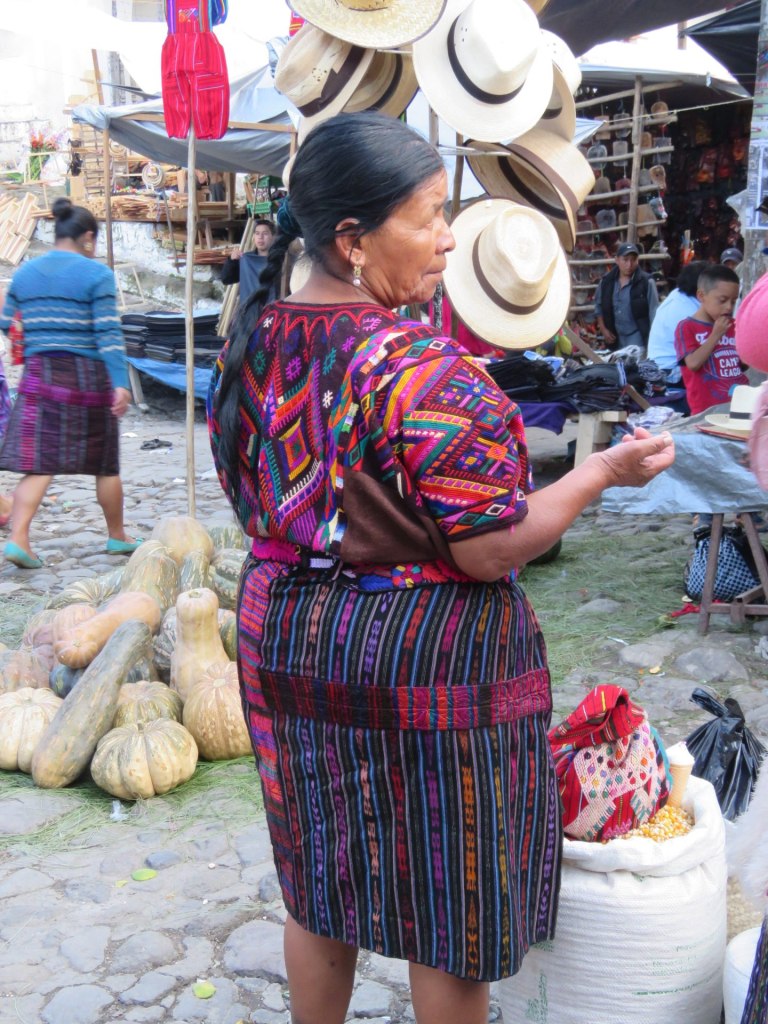Guatemalan women create spectacular woven and embroidered textiles with colors, motifs, techniques and pattern arrangements characteristic of their communities. They weave their own skirts (faldas or cortes) and colorful blouses (huipiles), and their daughters’ smaller versions. In some places, they also weave the cloth for men’s shirts.
Stunning embroidery in myriad versions and degrees of complexity adorns their clothing, either in embellished bodices and necklines – or as decorative joining strips called randas.


What are randas?
Randas are fancy seam embellishments like those shown above. They exist because typical backstrap looms limit the width that the women can weave to about 18 inches. Fortuitously, seams are necessary to join the fabric sections… Wanting to disguise the join, ingenious women have devised hundreds of brilliant and complex seam decorations to enhance their clothing.
Different approaches to covering seams
We’re going to look at the different ways that women use to join the sections of cloth for use as blouses or skirts. Typically the two (or three) pieces are first stitched together with a sewing machine. Then women hand-embroider decorative bands (randas) on top of the seam to reinforce it, and to decorate the garment. The most popular randa is a wide satin-stitched band in multiple colors, but embroiderers have created particularly clever versions of even this simplest style. Machine stitching on top of a finished randa further stabilizes and enhances the band; see pink and green randa, below right.



The embroiderers use either double-mercerized, six-strand cotton embroidery floss, available in small skeins, or pearl (perlé) cotton twist put up in small round balls. Local market vendors all over the country offer both types of thread in hundreds of solid hues and dozens of variegated colors. The threads are color-fast and durable, but not inexpensive. Women wear clothing decorated with sumptuous randas with great pride.


You may recognize that some of the photos above show very fine and complex ikat weaving. If the fabric for a huipil or corte has a detailed and small ikat pattern (like the second and fifth images), the randa may be very simple so it doesn’t compete with or distract from the cloth itself. Sometimes lengths of hand-woven cotton are seamed invisibly and then the whole huipil is covered with stunning embroidery. A wide, brilliant randa would distract from the intricately stitched multicolored flowers of Patzun, for instance (below). So the embroiderer has worked a simple and elegant stitch to join the two pieces at the front.






